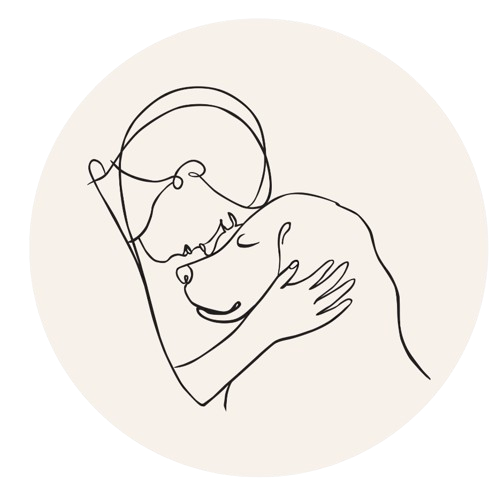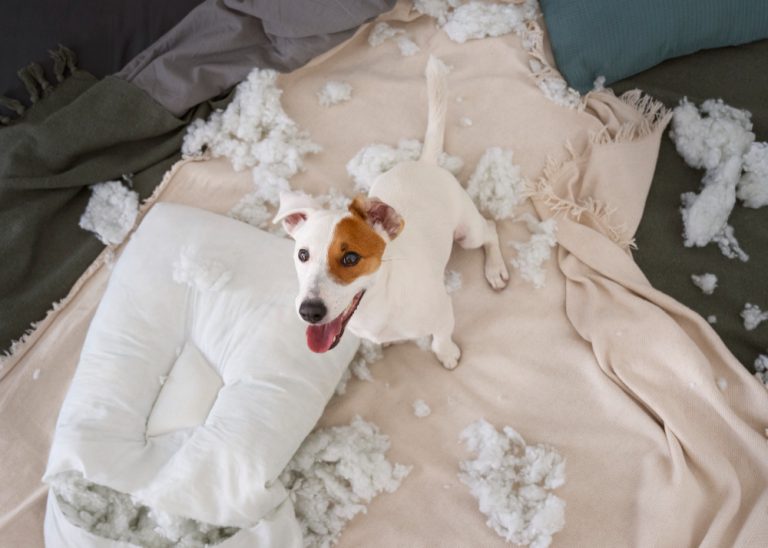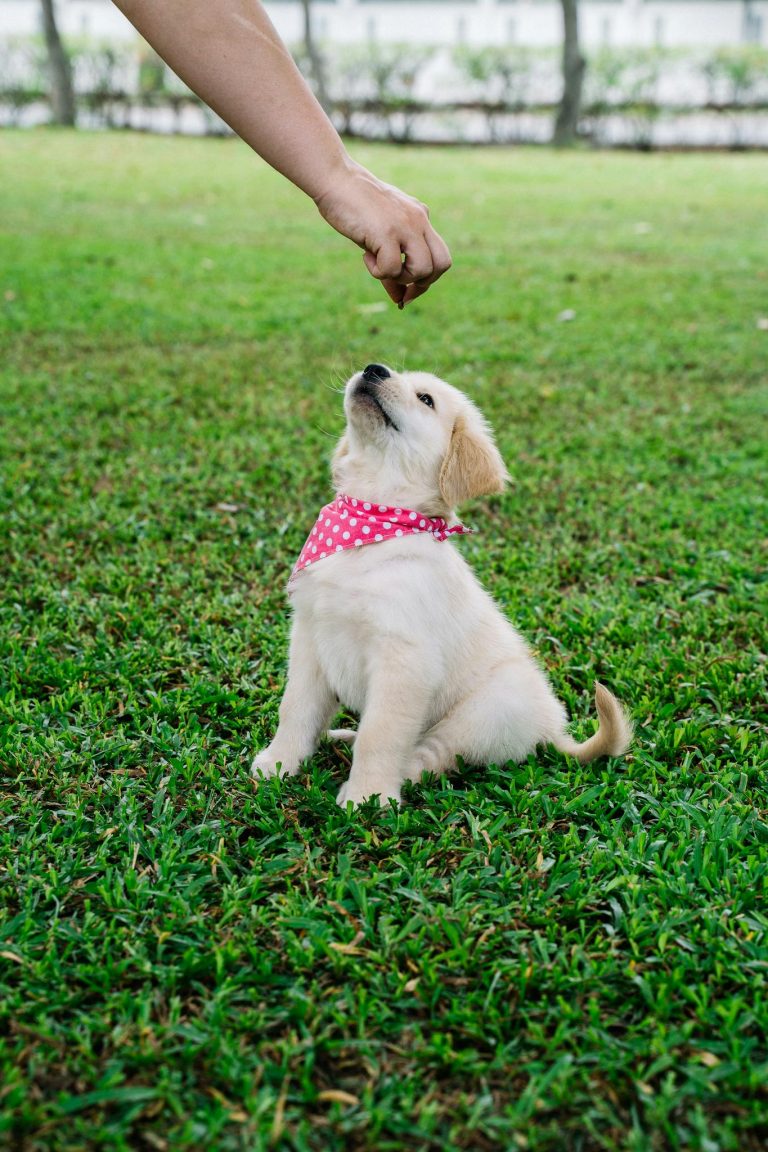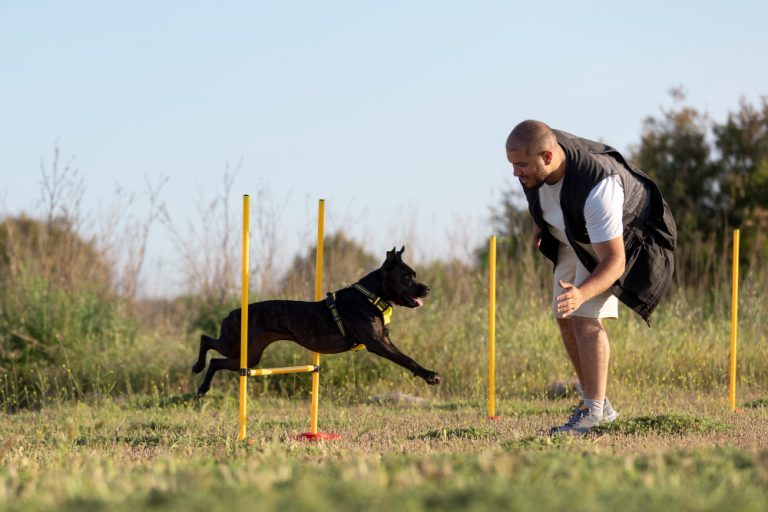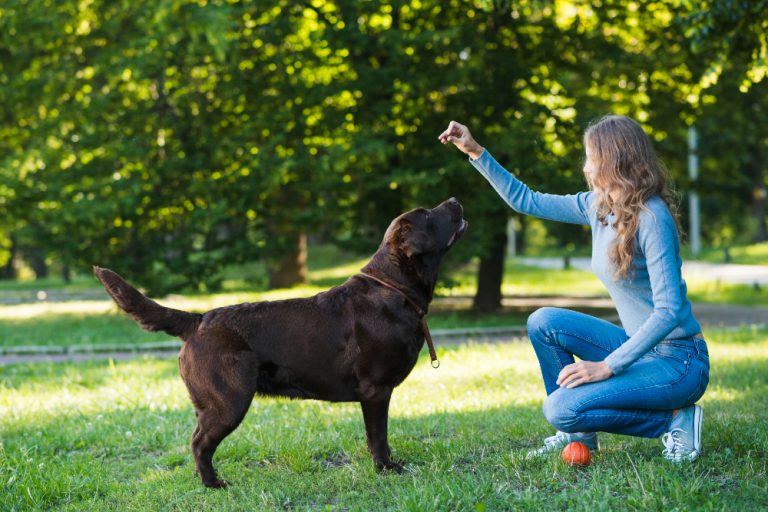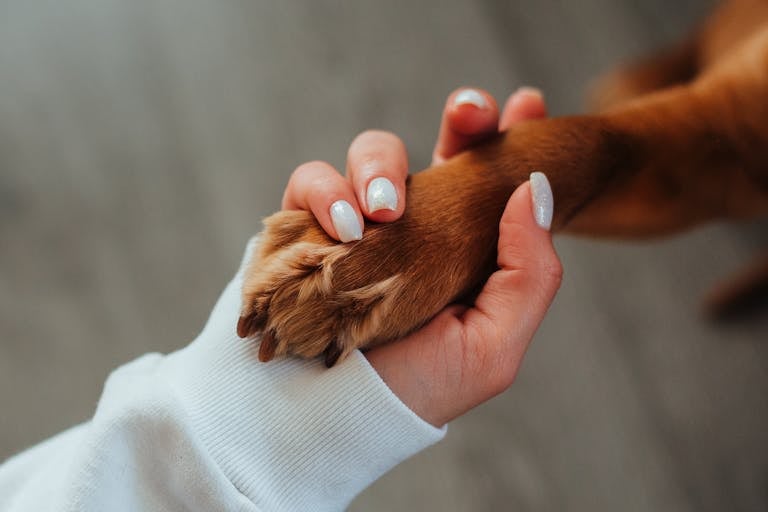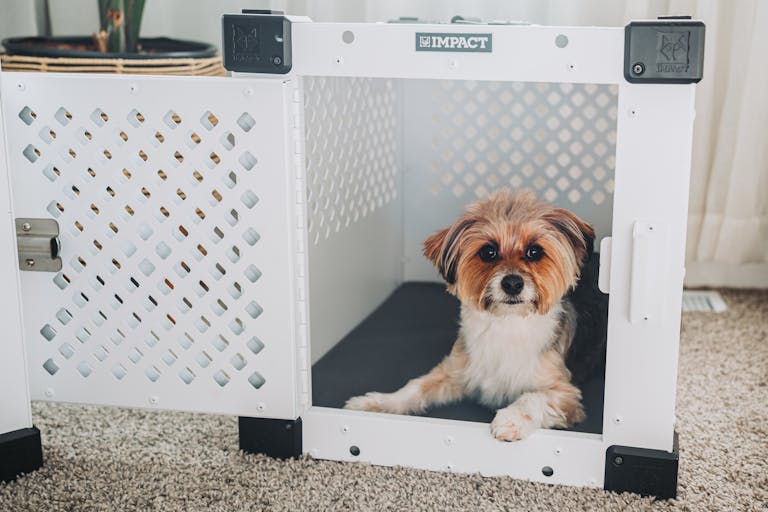Understanding the meaning behind growling
One of the most common things I come across in my dog training is growling. Clients will call me because their dog growls at kids or at people passing by, whether it’s at home or in public. Dog owners often interpret growling as a sign of aggressive behaviour. But that’s not always true.
Growling is quite possibly one of the most misunderstood expressions in canines. Growling or snarling is not ‘evil’ and doesn’t necessarily mean a dog is unfriendly.
Dogs often use growling as a warning, but it can also occur when they’re in pain, frightened, annoyed or anxious. In their own language, they could be telling you: “What you’re doing is freaking me out. Please stop… or else.”
We need to remember that we humans have unlimited ways of expressing ourselves when agitated. Dogs, on the other hand, are mostly limited to barking, barking, whimpering, snapping or running away.
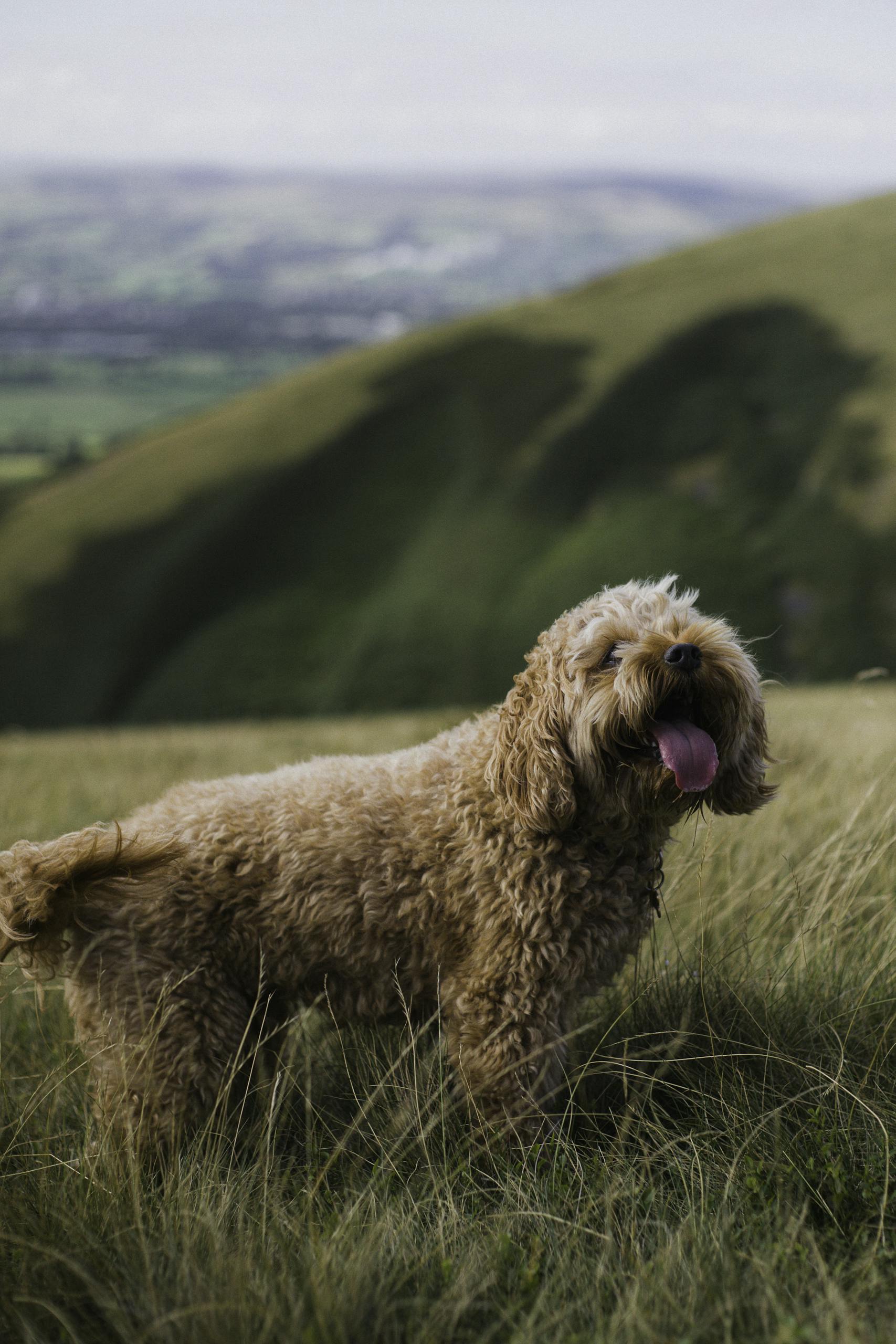
Listening to your dog
To put growling into perspective, take a moment to review some of the ways that humans express emotions. We complain, yell, scream, argue, throw things, slam doors… Despite the vocal and often violent ways of expressing ourselves, we’re quick to call a dog vicious or dangerous if he snarls, growls or even attempts to bite us.
Why do we hold dogs to a much higher standard than ourselves?
If you punish your dog for growling or snapping, you’ve essentially punished him for warning you that he’s close to the limit of what he can stand.
It’s a (hu)man’s world!
You should never punish your dog for showing signs of discomfort or even aggression, such as growling when children are around. The growl is a critical warning sign.
It’s your dog’s way of telling you they’re uncomfortable with what is happening to them. If you punish your poor pooch, they may learn to suppress the warning sign, making them far more likely to bite a child one day without warning. You can’t punish your dog into feeling safe and cared for!
From a dog’s perspective, babies and children are especially unpredictable and noisy; they move erratically, make direct eye contact, often inflict pain, and don’t respond to a dog’s self-defence signals.
Children also compete for food, toys and the attention of grown-ups. If you stop and think about it, it’s a miracle that dogs tolerate kids at all!
In a perfect world, every new puppy would be socialised to be around babies, toddlers and children within the first three months, long before they’re fully vaccinated.
But this often isn’t what happens. So instead of punishing your dog for growling, hear your dog’s warning sign and help them out of the situation. Make sure your dog feels safe. Otherwise, dogs end up being blamed for the snap or bite that could have been avoided… if only we had listened to them when they tried to speak up in the first place.
As humans, we should never have to tolerate people overstepping our boundaries. Dogs shouldn’t have to, either.
Need some help deciphering your dog’s behaviour?
You’re not alone! We’ve helped thousands of loving dog owners train, heal and nurture their puppies and adult dogs. Call Liarne Henry at K9 Trainer for a free phone consultation today.
